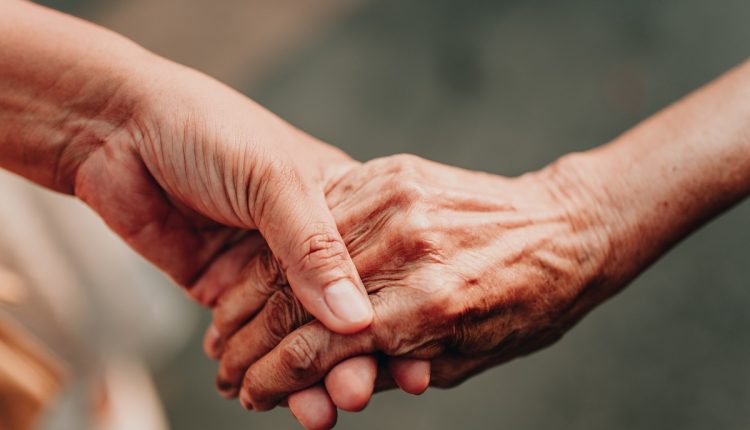
How to Make Lives of Parkinson’s Patients Easier
Parkinson’s Disease is a neurological disease which affects a specific part of the brain, causing a slow but progressive onset of movement disorders and behavioral disturbances. The disease is relatively common in people over the age of 50 years and is seen to have both genetic and environmental risk factors.
The well-known signs and symptoms of Parkinson’s include tremors, rigidity, slow movements and loss of balance. These symptoms develop really slowly but grow with time and create difficulties for the patient to perform their daily activities.
Mobility
Walking is a tedious task for Parkinson patients as legs become stiff with disease progression and patients may feel they are “freezing” while walking.
RELATED: #HealthForAll – How Well Is Pakistan Keeping Up?
Due to this hurdle, some patients avoid walking as they are afraid they might fall and hurt themselves.
Physicians treating Parkinson’s encourage patients to stay mobile, even if it may be with walkers or canes and keep exercising as much as possible. This keeps the joints mobile and delays the progression of stiffness.
Bathing and Grooming
Personal hygiene is a challenge for many Parkinson patients as simple movements become difficult and patients tire easily. These everyday tasks can be made easier through simple solutions, like placing a sturdy stool within the washroom to provide seating while teeth brushing or face washing. In addition, handrails can be placed to help with sitting and standing in the washroom.
Home Safety
Most falls occur within the home, therefore the interior designing of a Parkinson’s patient’s home should be changed to eliminate all potential environmental hazards. Special consideration should be given to removing wires and cables from the floor to avoid tripping and room lighting should be enhanced so patients can see the area better. Frequently used items should not be placed in hard-to-reach shelves and furniture should not be loose or movable, as they provide a risk of fall.
Preparing and Eating Meals
Care must be taken while preparing food as many injuries occur when patients with hand tremors handle kitchen equipment. Specially designed knives and pot stands are now available which help maintain the users’ grip and keep the utensils steady, thus reducing the risk of spills.
Patients often face difficulties while eating as their hand tremor makes the food fall off the spoon. Although expensive, new technology attachments have been designed for spoons and forks which stabilize the cutlery and make it easy for the patients to have their meals.
Clinical Guidance
Occupational therapy is a branch of Rehabilitative Sciences which trains patients on developing skills to perform everyday tasks. Occupational therapists show patients how they can remain independent and perform everyday tasks such as bathing, eating and dressing themselves.
Patients are encouraged to consult their physicians regularly and discuss any issues related to their prescription medicines. It is advisable to seek clinical guidance if routine tasks include driving or operating machinery as stiff muscles can pose a risk of injury to themselves or others.
Although the movement-disorders of Parkinson’s are well established, the disease is also associated with non-movement disorders such as memory loss, anxiety, and sleeplessness. These conditions are much more difficult to control and need emotional therapy more than clinical therapy.
Support networks can be developed with other patients so they can learn from each other’s experiences, but the patient’s own caregivers play the biggest role in the success of the treatment regimen.
Just like any other chronic disease, it is essential to understand that patients are not in control of their symptoms and feel overwhelmed by the physical and psychological changes their body is undergoing. A little patience, empathy, and compassion can help patients feel they are not alone so that they deal with their symptoms confidently and make an effort to maintain the quality of their life.
References:
Parkinson’s Foundation
https://www.parkinson.org

